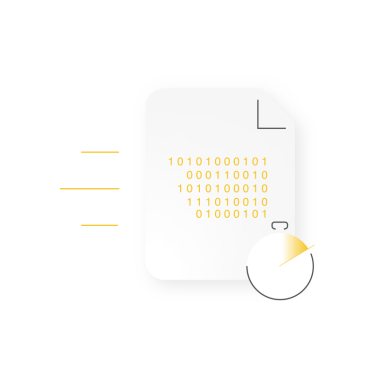Leveraging the Transporeon Transportation Management Platform
As part of the Transporeon Transportation Management Platform, ocean freight visibility can now be accessed within the context of a modular, agile and digitized service to drive even more value. Three immediate benefits for users include:
Many logistics companies are still overly-reliant on manual processes for transportation tracking owing to the low quality visibility data available to them. With Logit One and Transporeon, carriers and shippers can access high quality real-time visibility data which makes it possible to digitize important workflows and processes. FRACHT Group used this same RTV data to automate the sharing of ETAs with the customers from a single portal, which had the effect of boosting internal efficiency and improving customer service. By digitizing processes based on high-quality data, logistics companies are better to act more proactively with their customer service and instill transparency and trust.
Reducing transport emissions is another area in which the Transporeon Transportation Management Platform can improve ocean freight journeys. Logistics companies at all points of the supply chain are under sustained pressure to cut CO2 emissions, and ocean freight constitutes a huge blind spot for many companies. With Transporeon Carbon Visibility, you can monitor and measure all multi-modal emissions, including ocean. The seamless integration of ocean transports allows for automated reporting and sharing, while the real-time insights derived can show stakeholders where improvements can be made.
As an end-to-end visibility solution, there is great scope for carriers and shippers to reduce transportation costs based on their ocean visibility data. Combined with Sixfold’s real-time visibility tracking for land, logistics companies can effortlessly connect the dots between different modes of their transport’s journey to streamline the entire transportation chain. In making highly accurate RTV data available within a single platform you can have absolute certainty when a container arrives and leaves a port, which in turn helps you better manage the connected land transports. This helps to deliver significant gains in reducing truck waiting times, improving yard management and optimizing mileage.

























